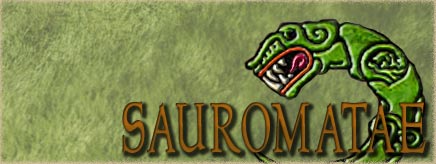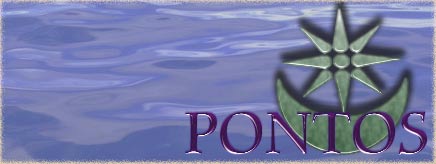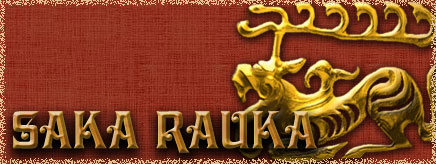As mentioned, he used swift tactics with his cavalry, but let's not forget about Kretikoi and Peltastai, essential for those manouvers...
Although what really was revolutionary, both with Philippos and Alexandros, were siege engines and torsion weapons: they brought siege warfare to a complete new level...
Persians had heavy infantry (both persian and from subjects, particularly good were the Sacae), these troops were actually successful against hoplitai at Marathon, for example. But as pointed out, eastern landscape, worked perfectly for mounted warfare...
But most of all, the Persian empire, was coming from a series of prolonged rebellions (Egypt, aided by Greeks most of the time, was a perennial drain of resources) and inter-satrap conflicts: as with many large polities, it was collapsing on its own weight (lack of strong rulers; court schemes and assassinations; satraps fighting eachother, either in rebellion or to gain greater favour from the Shahanshah). Also Darius III, himself wasn't exactly the best military leader one could hope for...
So in the end, taking Alexandros' campaign, he could field more heavy infantry, while the Persians had to rely on light levies and mercenaries. And Darius for one reason or another, failed to exploit his cavalry to their fullest and/or Alexandros was just a better tactician, especially of mounted warfare...










 Reply With Quote
Reply With Quote
Bookmarks